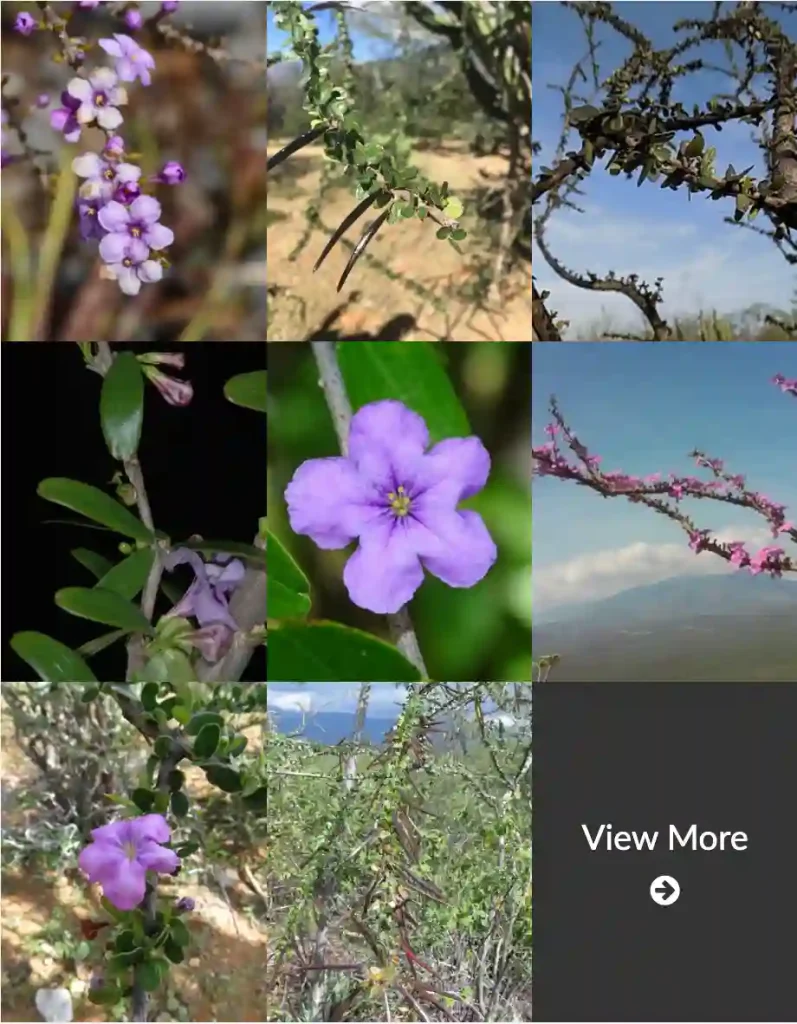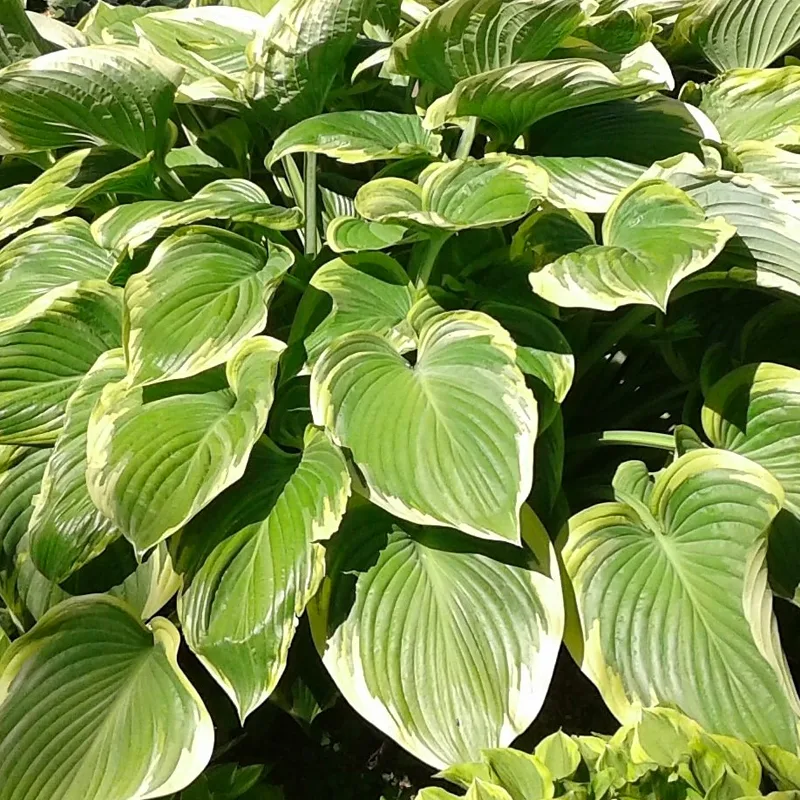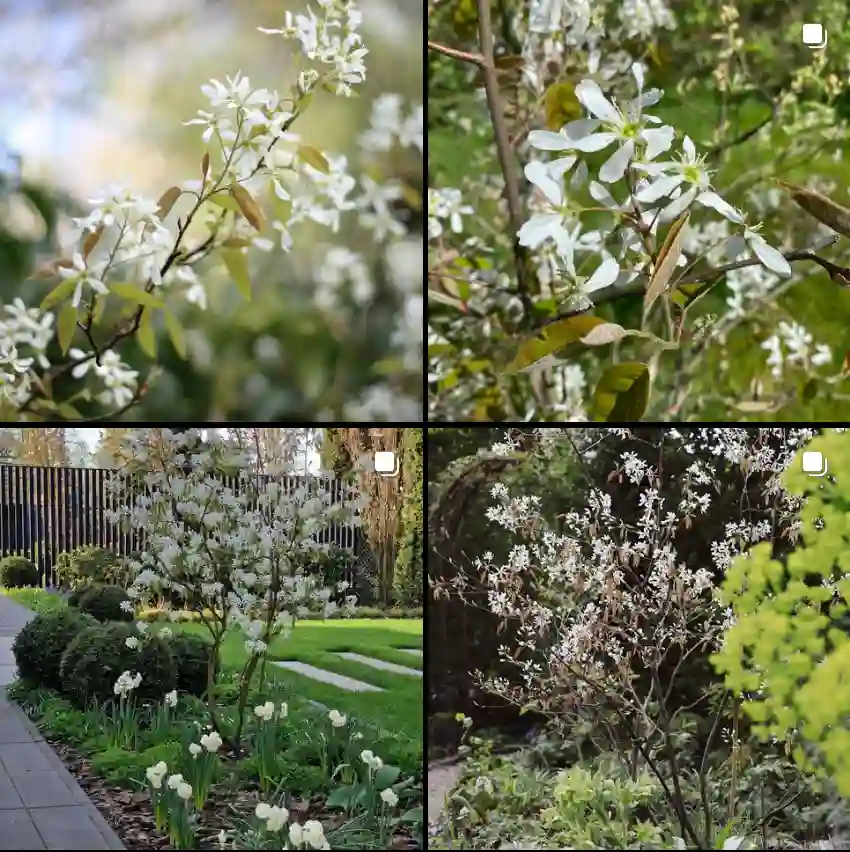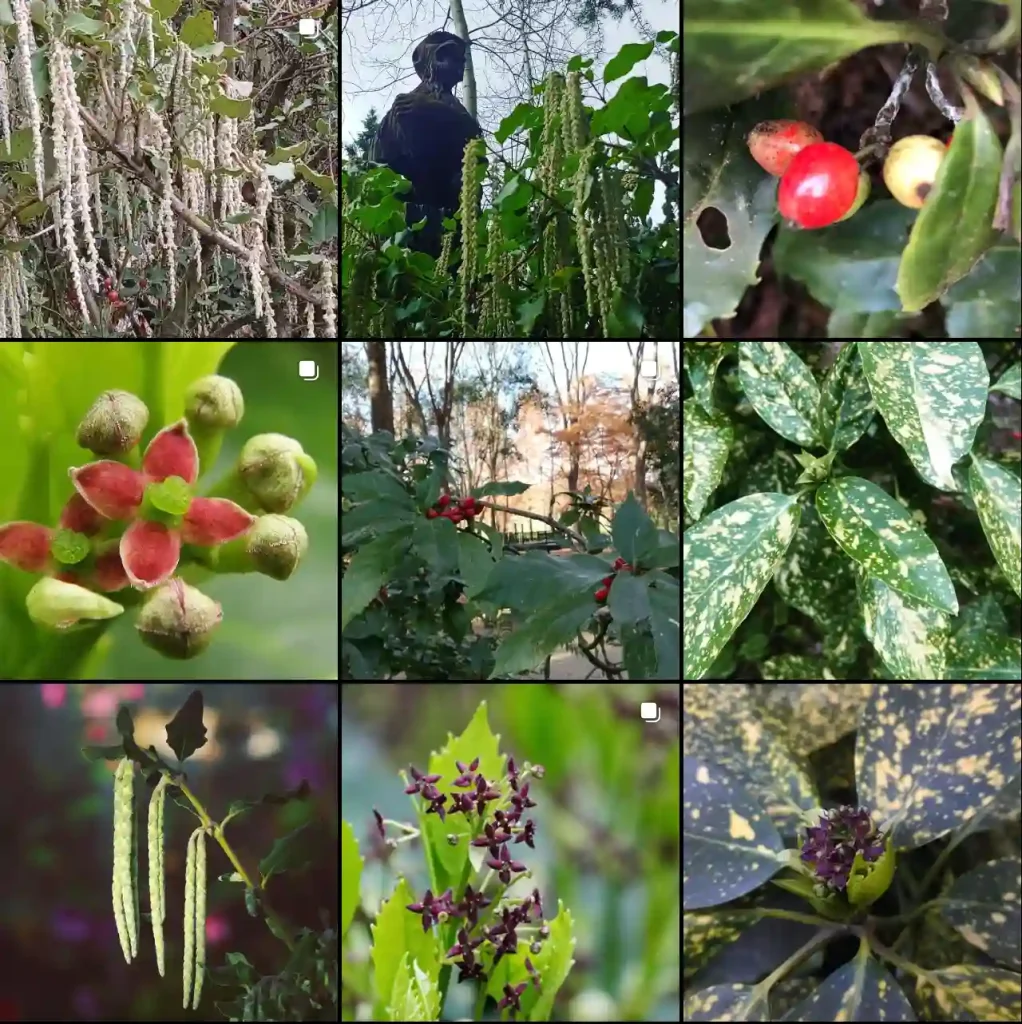The Enigmatic Larrea: A Resilient Survivor in Harsh Landscapes
My fascination with the plant genus Larrea began during a sweltering summer trek through the Mojave Desert. The sun beat down mercilessly, the air shimmered with heat, and the landscape seemed barren and lifeless. Yet, amidst this harsh environment, I encountered a plant that not only survived but thrived: the creosote bush (Larrea tridentata). Its resinous leaves glistened in the sunlight, and its yellow flowers provided a splash of color in the arid expanse. This encounter sparked my curiosity about this resilient genus and its remarkable adaptations to some of the harshest environments on Earth.
Larrea is a genus of evergreen shrubs belonging to the caltrop family, Zygophyllaceae. These plants are native to the Americas, with a distribution spanning from the southwestern United States to Argentina. They are characterized by their small, resinous leaves, which are adapted to minimize water loss in arid environments. The genus is named after Bishop Juan Antonio Hernández Pérez de Larrea, a Spanish patron of science who lived in the 18th century.
Species of Larrea
The genus Larrea comprises five recognized species:
- Larrea ameghinoi
- Larrea cuneifolia
- Larrea divaricata
- Larrea nitida
- Larrea tridentata – Plant FAQs: Larrea Tridentata – Creosote Bush
Of these, the creosote bush (Larrea tridentata) is the most well-known and widely distributed species. It is a dominant shrub in the deserts of North America, where it forms vast, monospecific stands that can stretch for miles.
Adaptations to Arid Environments
Larrea species have evolved a remarkable suite of adaptations to survive in arid and semi-arid environments. These adaptations include:
- Reduced leaf surface area: The small, resinous leaves of Larrea plants minimize water loss through transpiration.
- Deep root systems: Larrea plants have extensive root systems that can reach deep into the soil to access water.
- Drought tolerance: Larrea plants can tolerate extreme drought conditions by entering a state of dormancy during dry periods.
- Allelopathy: Larrea plants release chemicals into the soil that inhibit the growth of other plants, reducing competition for resources.
The Creosote Bush: A Desert Icon
The creosote bush (Larrea tridentata) is a true icon of the North American deserts. Its distinctive aroma, which is often described as creosote or camphor, permeates the air after a rainfall. The plant has a long history of use by indigenous peoples, who have used it for medicinal purposes, as a building material, and as a source of fuel.
One of the most remarkable features of the creosote bush is its longevity. Individual plants can live for thousands of years, making them some of the oldest living organisms on Earth. The oldest known creosote bush, nicknamed “King Clone,” is estimated to be over 11,000 years old.
Ecological Importance
Larrea plants play a vital role in the desert ecosystem. They provide habitat and food for a variety of animals, including desert tortoises, jackrabbits, and kangaroo rats. The dense stands of creosote bush also help to stabilize the soil and prevent erosion.
Conservation Status
Despite their resilience, Larrea plants are facing threats from habitat loss, climate change, and invasive species. The expansion of human activities, such as agriculture and urbanization, is encroaching on Larrea habitat. Climate change is expected to exacerbate drought conditions in many regions, which could negatively impact Larrea populations. Additionally, invasive species, such as buffelgrass, are outcompeting Larrea plants in some areas.
Conclusion
The genus Larrea represents a remarkable example of adaptation to harsh environments. These resilient plants have evolved a unique set of traits that allow them to thrive in some of the most arid regions on Earth. The creosote bush, in particular, is a symbol of the desert’s enduring spirit. As we continue to face the challenges of climate change and habitat loss, it is important to appreciate and protect these remarkable plants and the ecosystems they support.
If i die, water my plants!



